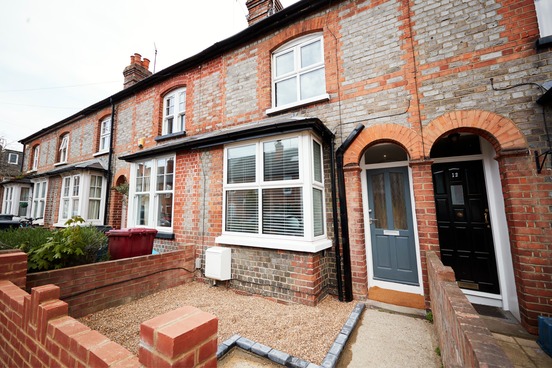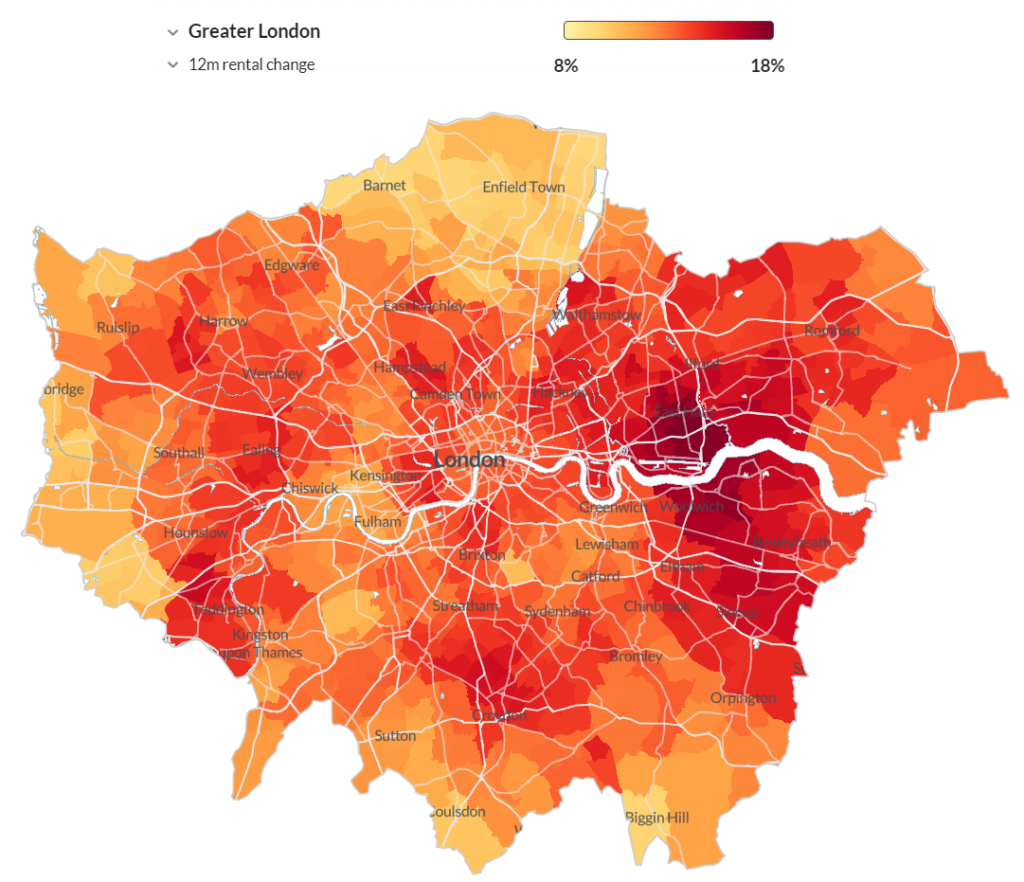
As a landlord, one of your primary goals is to maximise the return on your investment. Traditionally, HMOs (Houses in Multiple Occupation) and student lets would be the go to option given the higher potential to generate rental income. However, there are also several reasons why many landlords steer clear of HMOs and student lets, including:
- Regulation: HMOs and student lets are subject to more regulations than other types of properties. This can make it more complex and time-consuming to manage the property and ensure compliance with regulations.
- Higher management costs: HMOs and student properties require more management, such as cleaning and maintenance, due to the number of occupants. This can increase the costs associated with managing the property.
- High tenant turnover: HMOs and student properties tend to have higher tenant turnover due to the nature of the tenants. This can increase the costs associated with finding new tenants, such as advertising and referencing.
- Risk: HMOs and student properties can be riskier than other types of properties due to the higher tenant turnover, potential damage to the property, and the potential for disputes between occupants.
- Seasonal demand: Student properties are subject to seasonal demand, which means that the property may be empty during the summer months. This can reduce the potential rental income and increase the costs associated with managing the property.
In this blog post, we will explore how to find high-yielding properties that do not fall into the category of HMOs or student let. We will look at the key factors to consider when searching for high-yielding properties, such as location, rental demand, and property type. Additionally, we will discuss tools available that can provide unique insights into the property market, enabling landlords to make informed investment decisions.

Location, Location, Location
The first step in finding high-yielding properties is to identify the right location. Generally, properties in urban areas achieve approximately a 0.7% higher yield than those in rural areas. Below shows the average yield by region of the country split between urban and rural.

source – Bricks&Logic, March 2023
This is due to urban populations tending to be younger and more transient therefore driving up the demand for more temporary accommodation.
Other Factors to Consider When Looking for Properties
- Property type: Desirable-looking properties, such as period houses or other characterful homes, tend to command a higher sale price relative to rental due to the nature of them being more likely to be considered the “forever home”. For example, a period house may be seen as a more desirable property to buy, but it may not offer the same rental yield as a more mid-century flat. Below shows the average yield by property type split by location.

source – Bricks&Logic, March 2023
- Proximity to good schools is an important consideration for landlords, particularly as the average age of renters continues to rise and more families are starting to rent. By locating your property near a good school, you can target renters who are likely to stay for a number of years, providing a stable and reliable source of rental income.
- Good internet connection: In today’s world where working from home has become so popular, high-speed internet has become a necessity for many tenants who need to work remotely or who rely on the internet for entertainment or communication.
- Energy efficiency: Due to the rising cost of living and potential additional regulations on the Energy Performance Certificates (EPC) of rental properties, energy efficiency should be high on the agenda of landlords. Having a property with an EPC rating of C or above will be seen as far more attractive to potential tenants, and landlords who invest in energy-efficient measures can potentially increase the value of their property while also reducing their tenants energy costs which can result in the ability to charge a higher rent.
Tools to Help You Find Properties
We have discussed the sorts of things to look for when finding a high-yielding property but what tools are there to help you identify these areas and more specifically properties.
Bricks&Logic is a property analytics platform that is free to the public with some additional tools available in its pro platform. The platform uses public and private data combined with advanced statistics to generate unique insights into the property market. This can help you understand the rental demand in the area, the average rent, and the rental yield. Here are some specific ways Bricks&Logic can help you:
- Property search: Bricks&Logic has an advanced mapping functionality that allows you to search every property in England and Wales with a detailed set of filters, including location, property type, price range, and more. This can help you identify properties that match your investment criteria and have a higher potential yield. Below shows a map of England and Wales which has been filtered to show the average rental yield of 4 bedroom houses between £500k and £1m.

- Market trends: Bricks&Logic provides real-time market trends and insights that can help you identify emerging trends in the property market. This can help you stay ahead of the curve and make more informed investment decisions. Below shows the rental change over the last twelve months across London highlighting those areas where rental prices are growing fastest.

- Understanding the property: Once you have found a property that is worth more investigation you want to make sure it satisfies the appropriate criteria. Bricks&Logic has all the data you need to make sure you are not missing anything vital.

- Property valuation: Making sure you purchase your property at the right price is key. Bricks&Logic provides an automated valuation model (AVM) that uses machine learning algorithms to estimate the value of a property based on various factors, including its location, size, and condition. This combined with its comparable analysis tools can help you assess the potential yield of a property and make informed decisions about whether to invest.

Conclusion
Finding high-yielding properties requires a careful consideration of several factors, including location, property type, proximity to good schools, energy efficiency, and internet speeds. While traditionally, HMOs and student lets have been known for their high rental yields, these properties come with higher management costs, risks, and regulatory requirements. By expanding our search to other types of properties and taking advantage of property analytics platforms like Bricks&Logic, landlords can potentially find high-yielding properties that offer a good return on investment while being manageable and less risky. By making informed investment decisions, landlords can increase their chances of success in the property market.



